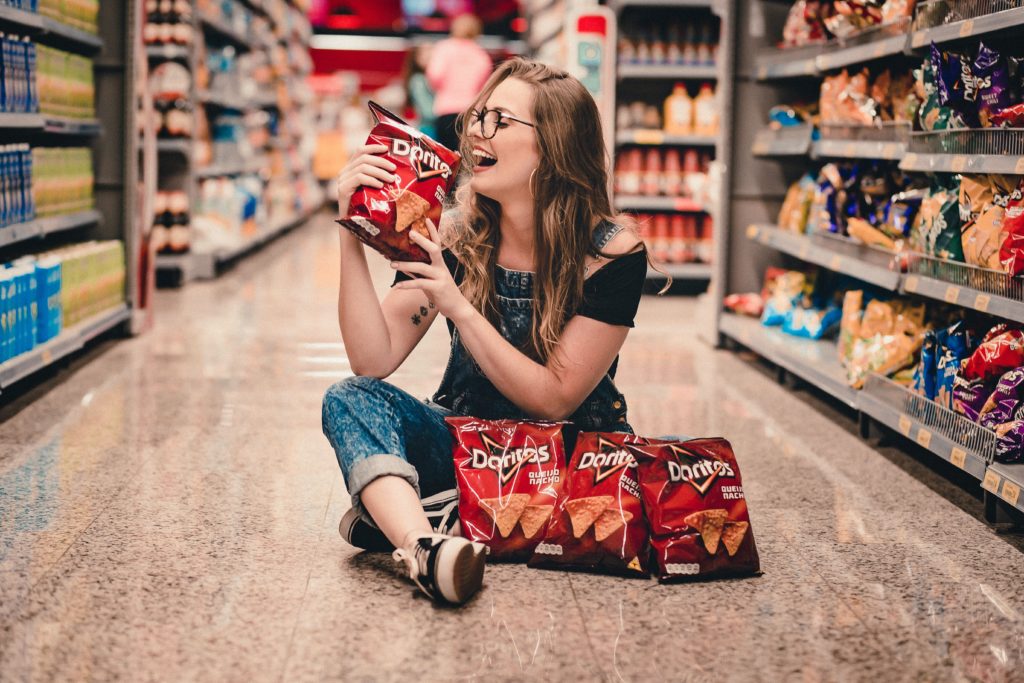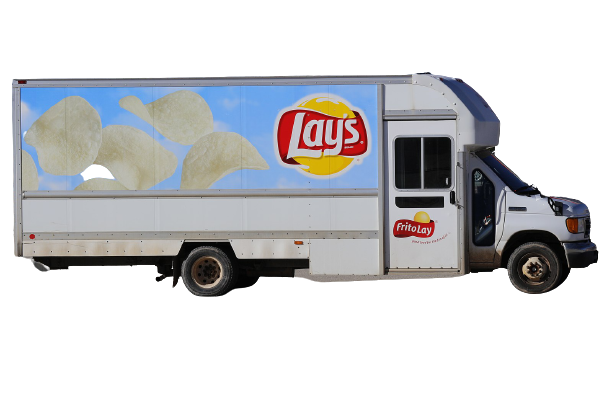
No Chips For You: Lay's is Mad as Hell at Loblaws' Pricing Policy
To paraphrase a famous line from the 1976 Oscar winning best movie Network, PepsiCo is “mad as hell, and is not going to take this anymore!”
As a result, the battle lines have been drawn between a Canadian grocery giant retailer Loblaws and powerhouse CPG manufacturer PepsiCo. In a story that is not limited to trade journals, but rather has hit mainstream media, PepsiCo is refusing to ship their category leading line-up of snack foods (eg. Frito-Lay, Doritos) to Loblaws stores because of the retailer’s unwillingness to accept a new price increase.
On the surface, both sides have fair arguments.
PepsiCo, like most CPG companies, are facing labour shortages, increasing costs of raw materials, manufacturing and transportation and other supply chain issues, all working to lower margins.
Loblaws, seemingly, is protecting “the people” who are tired of paying escalated prices for food. In fact, a recent Angus Reid poll shows the fast-rising inflation rate has close to 60% of Canadian families concerned about having enough money on the table to feed their families.
Below the surface is where things get interesting.

Photo by Edu Carvalho
CPG companies have been “negotiating” for years with the grocery store oligarchy that exists in Canada paying listing fees to have the right to sell to grocers while succumbing to the “suggested retail price” set by retailers all to the detriment of profits and brand equity.
For Loblaws, lower prices allow them to stay competitive with the other main grocery banners, driving up sales and profit margins.
As Dr. Sylvain Charebois stated in his article (see link below) “make no mistake, many other manufacturers and other grocers are involved in a similar tug-of-war match”. I agree. As a shopper marketing consultant, I get to work with a lot of CPG brands and most of them are looking at or already have taken price increases. Has Loblaws refused other manufacturer price increases?
So, what’s the end game?

I joked many years ago about a solution to solve the battle between CPG and grocery retailers. Specifically, all major CPG companies need to come together and open up their own bricks and mortar retail grocery stores to compete against the 5 major retailers leaving shoppers the option of buying major brands in one channel and private label brands in the other. In essence, a pre-cursor to a direct-to-consumer model.
Until next time, thanks for visiting.

